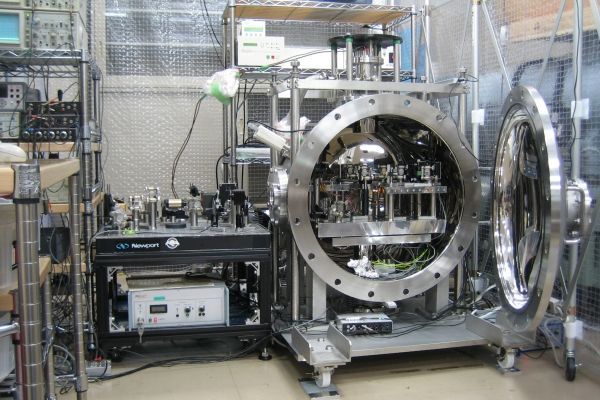Every year earthquakes worldwide claim hundreds or even thousands of lives. Forewarning allows people to head for safety and a matter of seconds could spell the difference between life and death. UTokyo researchers demonstrate a new earthquake detection method — their technique exploits subtle telltale gravitational signals traveling ahead of the tremors. Future research could boost early warning systems.
The shock of the 2011 Tohoku earthquake in eastern Japan still resonates for many. It caused unimaginable devastation, but also generated vast amounts of seismic and other kinds of data. Years later researchers still mine this data to improve models and find novel ways to use it, which could help people in the future. A team of researchers from the University of Tokyo's Earthquake Research Institute (ERI) found something in this data which could help the field of research and might someday even save lives.
It all started when ERI Associate Professor Shingo Watada read an interesting physics paper on an unrelated topic by J. Harms from Istituto Nazionale di Fisica Nucleare in Italy. The paper suggests gravimeters — sensors which measure the strength of local gravity — could theoretically detect earthquakes.
“This got me thinking,” said Watada. “If we have enough seismic and gravitational data from the time and place a big earthquake hit, we could learn to detect earthquakes with gravimeters as well as seismometers. This could be an important tool for future research of seismic phenomena.”
Continue reading at University of Tokyo
Image via University of Tokyo


